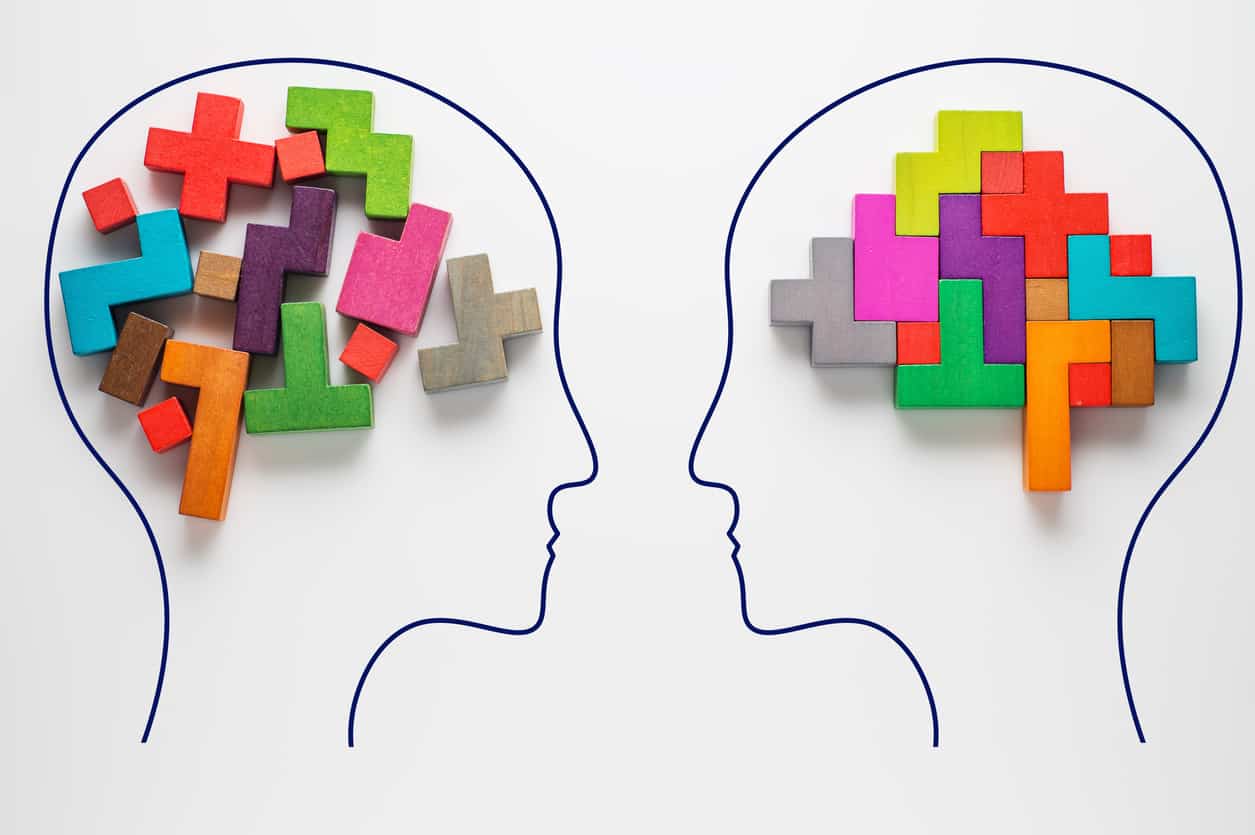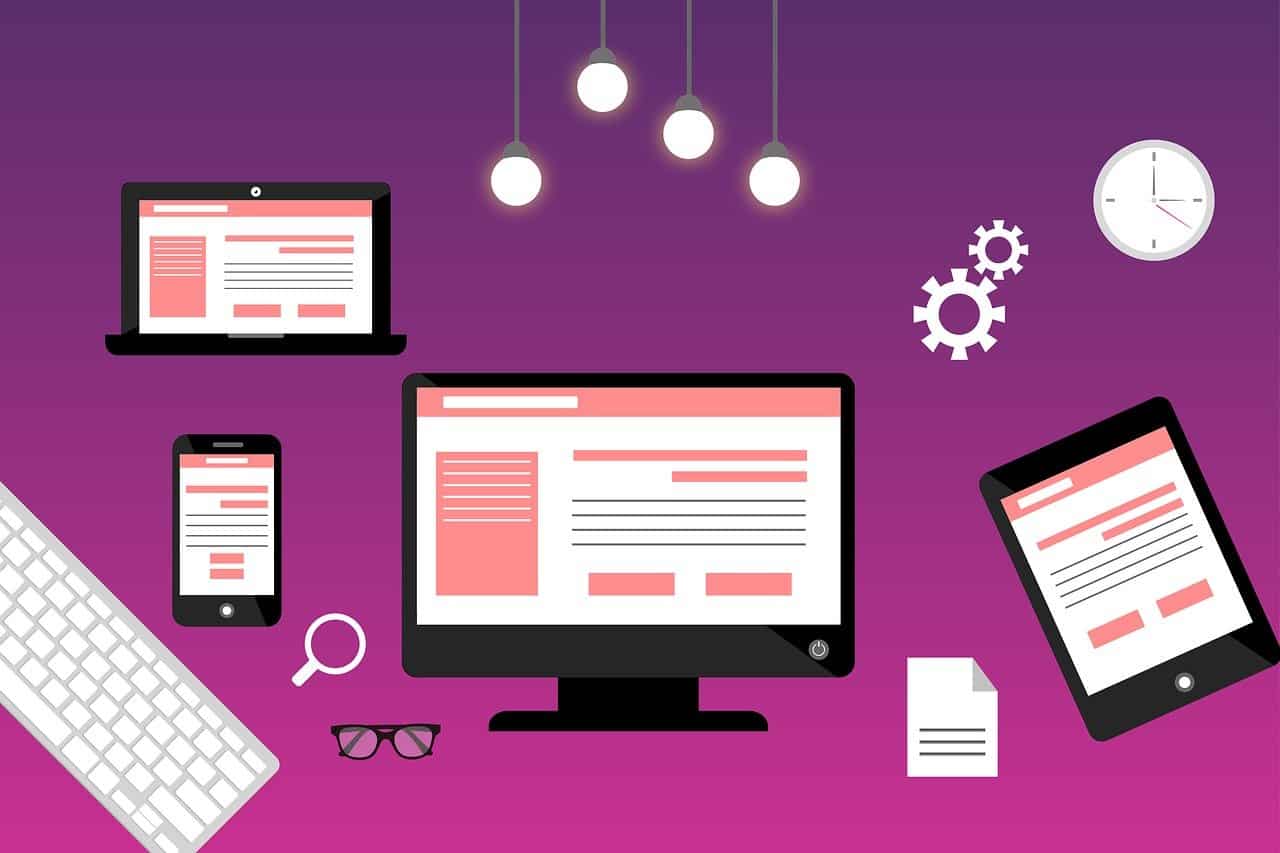- What is design thinking?
- How Microsoft uses design thinking
- What made Microsoft rethink its process?
- New products- a smart bet for the future
Most businesses have begun to realise the importance of user-centricity. A map that can lead them through the customer journey with an empathy-driven problem-solving process. Microsoft has been applying design thinking throughout their product development process.
What is design thinking?
Design thinking is a process that focuses on solving human problems using tools, processes, and strategies that aim to put the user at the centre of the development process in order to create a product that is both technologically and commercially successful. With an attempt at redefining problems by identifying alternative strategies and solutions to problems that might not be apparent at once with our initial level of understanding, design thinking is a user-centric solutions-based approach. It helps observe and develop empathy for the end-user, that is, a deeper understanding of the people you are designing for keeping their needs and motivations in mind while at the same time being executable and realistic. By re-framing the problem in human-centric ways, design thinking is highly beneficial in tackling challenges that are ill-defined or unknown. Sketching, prototyping, trying and testing concepts and ideas are all part of the design thinking process. The value of design thinking is greater than ever as we move deeper into a world of ambient computing. Through dynamic environments, we interact with information all around us. There’s a lot on the line. Designers must consider how people will use products and the impact of these intentions in the real world.
How Microsoft uses design thinking
Nowadays, Microsoft is all about the broader spectrum of things, that is, not just where one product needs to be designed to go but about how the whole ecosystem of products needs to evolve and operate in the coming years. As opposed to its previous approach where separate teams might have worked separately on different parts of products to put together an end product that could feel fragmented, Microsoft has come up with its open and inclusive design approach that banks on integration and sharing of developments and ideas every step of the way. Microsoft aims to achieve better harmony with the hardware and software of products so that they work and feel right for the end user. Microsoft is moving from a technology-centric company to a user-centric one where design is taking an essential role in the new model.
Microsoft’s design thinking is however not only about design. It is an attempt to close gaps and create deeper collaboration and cooperation among different teams. The changes will impact Microsoft’s hardware and software design along with how the company works with and ships software. Microsoft aims to democratize design where designers have access to each others’ work through mock-ups, concepts, and designs that have shipped to the public and designers are also able to work more freely together.
Rethinking design for Microsoft means rethinking its approaches to how it develops its products. The same set of design rules are incorporated throughout the company enabling one design piece to fit into a different product and be improved upon, that is, design pieces are centralised. For example, Microsoft has employed subtle colours for its outlook and teams interface. Illustrations for its different platforms look similar. The company has been speeding things up with respect to testing, development and prototyping being ready to fail faster in order to create something better, becoming more agile to keep up with the industry keeps moving faster and faster. Microsoft’s design story seems to be moving towards a democratic and inclusive process with an emphasis on speed and open source.
What made Microsoft rethink its process?
Fiery competition
Microsoft needs to keep up with an industry where agility and speed in production have become defining features for technologies. For example, although Microsoft’s Office still dominates the market, it now faces tough competition with Google’s G Suite. The company not only faces competition from Big Tech but also from startups and smaller companies like Dropbox among others. Some of these innovations are a threat to Microsoft’s core products and the crowded marketplace only makes it more difficult to not lose ground.
Unsatisfactory products
Along with its many ups, Microsoft has had its own share of products that have failed miserably in the market with low usability and customer happiness. Introducing Windows OS on a mobile phone, for example, went on to become one of the company’s biggest regrets. Improving upon its earlier model, the company announced its ambitious Windows Phone 7 at a time when competitors like Android and Apple had already taken over. Microsoft bought Nokia’s smartphone division to manufacture its own product which was a dismal failure with a $7.6 billion loss of acquisition leading to the eventual dissolution of Nokia’s phone business. Microsoft also failed at understanding the end-user and their needs. Windows Vista and Windows 8 failed to appeal to desktop users and Microsoft’s Twitter Bot had to be taken down in less than 24 hours of its launch.
New products- a smart bet for the future
Microsoft’s packaging for its Xbox Adaptive Controller was designed to be inclusive of gamers with limited mobility. It was the first time that Microsoft created accessible packaging while also making it hassle-free for normal people. In order to make the packaging more accessible, Microsoft designers invited gamers with disabilities to evaluate a range of prototypes. The Xbox has two large buttons that are easy to press with any appendage, not just fingers. It also has 19 more connectors for people to plug in any specific controllers they might need, such as sip and puff sensors or more readily graspable arcade joysticks. The product can offer a different experience for a different individual. This could be a good meditation into an inclusive design that creates with the people rather than for them. Microsoft is increasingly trying to incorporate consumer voices into its design processes.
Although new challenges may arise with a more inclusive and user-centric work approach, bogging the company down with the need to incorporate every wish of designers and users. It may also slow the process down for Microsoft, but as far as design thinking goes it is seen that almost 80% of companies that focus on user experience outperform non-user centric competitors and also report an increase in revenues. Design thinking may enable Microsoft to create new experiences, all we need do, is sit back and observe.
Check out this free design thinking course to get started with design thinking.






